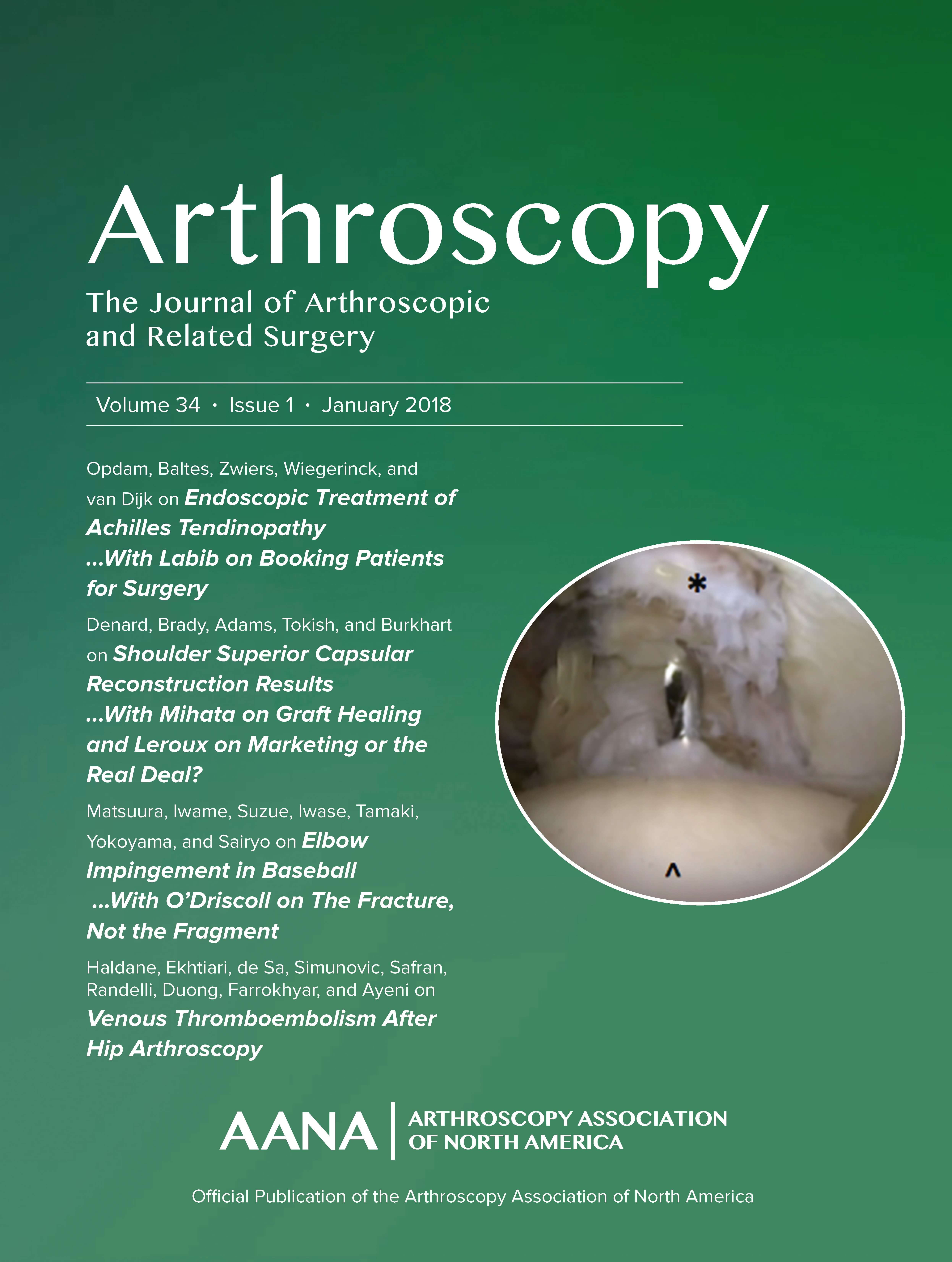
ACL reconstruction: No increased risk of adverse outcome with early or delayed surgery

ACL reconstruction: No increased risk of adverse outcome with early or delayed surgery
The optimal timing for anterior cruciate ligament reconstruction with respect to the risk of postoperative stiffness
Arthroscopy. 2013 Mar;29(3):556-65. doi: 10.1016/j.arthro.2012.09.005. Epub 2013 Jan 12Did you know you're eligible to earn 0.5 CME credits for reading this report? Click Here
OE EXCLUSIVE
Dr. Chris Servant discusses the optimal timing for anterior cruciate ligament reconstruction with respect to the risk of postoperative stiffness.
Synopsis
Eight studies (4 randomized control trials and 4 cohort studies) were included in this analysis which investigated the impact of early versus late surgery on stiffness outcomes of anterior cruciate ligament (ACL) reconstruction. Adverse outcomes of arthrofibrosis, stiffness, or range of motion deficits were reported for a minimum of one year postoperatively in the included studies. The results of the analysis indicated that surgery characterized as either early or delayed did not increase the risk of adverse stiffness outcomes.
Were the search methods used to find evidence (original research) on the primary question or questions stated?
Was the search for evidence reasonably comprehensive?
Were the criteria used for deciding which studies to include in the overview reported?
Was the bias in the selection of studies avoided?
Were the criteria used for assessing the validity of the included studies reported?
Was the validity of all of the studies referred to in the text assessed with use of appropriate criteria (either in selecting the studies for inclusion or in analyzing the studies that were cited)?
Were the methods used to combine the findings of the relevant studies (to reach a conclusion) reported?
Were the findings of the relevant studies combined appropriately relative to the primary question that the overview addresses?
Were the conclusions made by the author or authors supported by the data and or analysis reported in the overview?
How would you rate the scientific quality of this evidence?
Yes = 1
Uncertain = 0.5
Not Relevant = 0
No = 0
The Reporting Criteria Assessment evaluates the transparency with which authors report the methodological and trial characteristics of the trial within the publication. The assessment is divided into five categories which are presented below.
4/4
Introduction
3/4
Accessing Data
2/4
Analysing Data
2/4
Results
3/4
Discussion
Detsky AS, Naylor CD, O'Rourke K, McGeer AJ, L'Abbé KA. J Clin Epidemiol. 1992;45:255-65
The Fragility Index is a tool that aids in the interpretation of significant findings, providing a measure of strength for a result. The Fragility Index represents the number of consecutive events that need to be added to a dichotomous outcome to make the finding no longer significant. A small number represents a weaker finding and a large number represents a stronger finding.
Why was this study needed now?
There has been recent interest in the timing of anterior cruciate ligament (ACL) reconstruction following ACL injury, with some advocating that delayed surgery can lead to reduced prevalence of arthrofibrosis and improved postoperative stiffness. Although there has been evidence to support this claim, research has also been undertaken which has found no difference between the early and delayed surgery. Due to these conflicting findings, a synthesis of existing literature was undertaken to determine if there was a significant relationship between the timing of surgery and postoperative stiffness experienced by patients.
What was the principal research question?
Did delaying ACL reconstruction significantly reduce the incidence of postoperative motion loss and knee stiffness compared to early surgery, measured after a minimum of 12 months postoperatively?
What were the important findings?
- Search strategy concluded with finding four RCTs (3 Level I evidence and 1 Level II evidence) and four cohort studies (all Level II evidence).
- The three Level I studies were analyzed for risk of adverse outcomes (reduced range of motion, arthrofibrosis, stiffness, extension deficit) associated with variable cutoff points for early surgery (2, 3, and 10 weeks), and indicated there were no significant differences in outcome in any of the studies (2 weeks: RR 1.38 (95%CI 0.10-20.16); 3 weeks: RR 0.34 (95%CI 0.04-3.14); 10 weeks: RR 3.81 (95%CI 0.44-33.08).
- Analysis of 7 included studies (1 excluded because it did not report poolable outcomes) indicated there was no significant increase in risk of adverse outcome associated with early or delayed surgery when stratified by different cutoff points for early surgery (1, 2, 3, 10, 12, and 20 weeks).
- A sensitivity analysis considering individual outcomes of arthrofibrosis incidence, extension deficit >3°, and flexion deficit >3° and stratified for different criteria of early surgery observed no clear overall trend.
What should I remember most?
There was no increased risk of adverse outcome, with respect to arthrofibrosis, stiffness and ROM deficit, observed associated with early surgery compared to delayed surgery following ACL injury.
How will this affect the care of my patients?
The results of this analysis suggest that there is no increased risk of arthrofibrosis or range of motion deficit between early and delayed ACL reconstruction, provided a modern surgical technique and an accelerated postoperative rehabilitation protocol is implemented. The overall strength of this evidence is debatable, however, considering the nonuniformity in classification of "early" surgery (1 to 20 weeks), as well as the inclusion of a considerable amount of Level II evidence (primarily cohort studies). Future research should be guided by establishing definitive criteria for early versus late surgery and outcomes should be investigated in randomized controlled trials before any conclusive statements can be made.
Learn about our AI Driven
High Impact Search Feature
Our AI driven High Impact metric calculates the impact an article will have by considering both the publishing journal and the content of the article itself. Built using the latest advances in natural language processing, OE High Impact predicts an article’s future number of citations better than impact factor alone.
Continue



 LOGIN
LOGIN

Join the Conversation
Please Login or Join to leave comments.